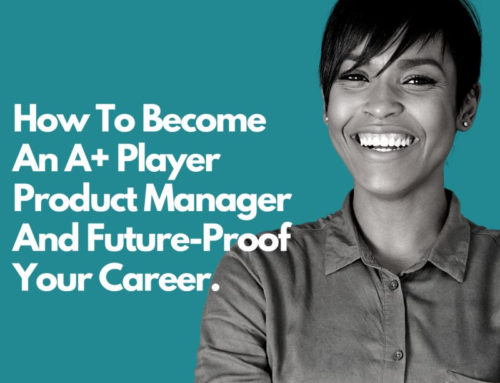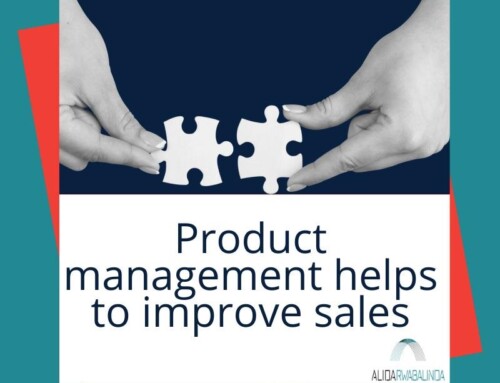TIP OF THE WEEK: Start To Ask Questions!
It’s very easy and super comfortable to be in execution mode all the time
You enjoy translating those pre-determined requirements into an end-product
You work on a prescribed set of expectations
As long as you deliver what was agreed on, you are good to go
In meetings, you are on mute and just wait for your assigned tasks to be called out
You prefer not to rock the boat
This is a very comfortable state to be in
Because you are just implementing someone else’s vision and perspective
But, what you don’t realize is that by not participating in the strategy discussions
And surrendering the future of the product that you will be creating, into the hands of a few
You are essentially putting yourself on the sidelines
Then you get surprised when the product flops
But if you want to drive change and truly make an impact
You have to start asking questions!!
Questions like….
- Why are we building this product?
- What outcomes do we hope to drive as a result of the product?
- Is this really what we should be building?
- Have we considered X, Y and Z?
You have been given a seat at the table….USE IT!
Let your voice and opinions be heard, because they make the product richer and fuller
What’s your take on this?
- What’s more important? The breadth of perspective or the depth of knowledge
- Balancing strategic and tactical PM workload
- Building a roadmap to becoming a PM
- Remote PM experience & tips
- Transitioning to PM
Here’s a case study to make it real:
If you work in consulting, you are most likely working on a
The jury is still out on this one…
What’s your take?
Use a product roadmap, to help you plan where you are going, to drive agile
- Have a plan
- Define what success looks like
- What are we focusing on vs not focusing on
- Agile doesn’t mean no planning
- Manage to outcome and not outputs
Shifting from outputs to outcomes
- Test and experiment and try
- Understand the difference b/n output vs an outcome
- What does success look like?
- Focus on the outcome, then design the solution from there
- Iterate until you get to the outcome
How to align the roadmap with agile?
WHY – why are we building the product? Why are you working on this?
WHAT – what outcomes do we hope to drive as a result of the product?
HOW – bridge the gap between high level strategy and what you are building: NOW(2 weeks), NEXT (next 2 months), LATER….Is this really what we should be building?
Disclaimer – this is a strategic communication document, not a commitment…this is a living document
Don’t dictate solutions
How to build a roadmap?
- Have some sort of a checkpoint
- The team should know the strategy of the product (not the backlog)
- Consistently use and reference to keep everyone on the same page
- Ideally, everyone can provide inputs, ask questions
- Product manager coordinates with the lead designer, lead developer, executive sponsor and other key stakeholders…essentially everyone who will need to approve it
Common Mistakes to avoid:
- Too much detail – 1 to 2 page document. Additional info should go to an appendix
- Not clearly defining priorities… Lack of discipline with strategic planning
- Focusing on solutions and not on problems…it becomes a project plan
Good Roadmap Qualities:
- Having an engaged team…everyone feels like they know what’s going on and what my part is. Even if people are not taking my ideas, I know where it stands
- A leadership team that’s focused, know what’s important and know how to feedback that into the documentation
Summary:
- Frustration & Friction on teams: sustained friction leads to burnouts
- Start to ask questions…why does this product exist? I want to make sure I am aligned…is this right?
- Change the mindset







